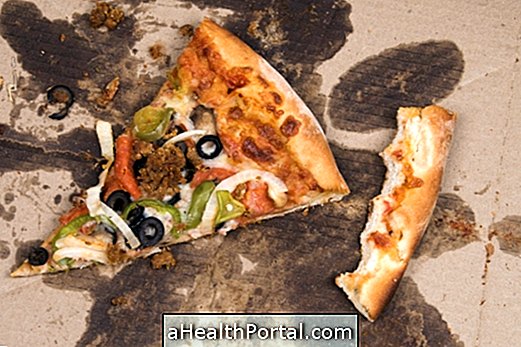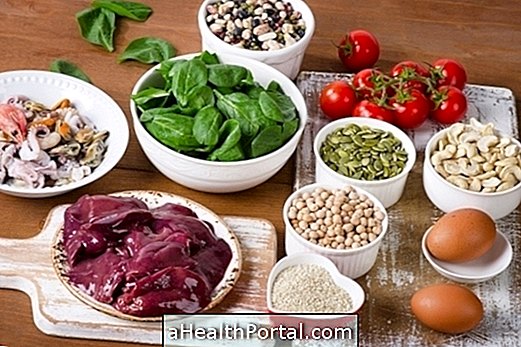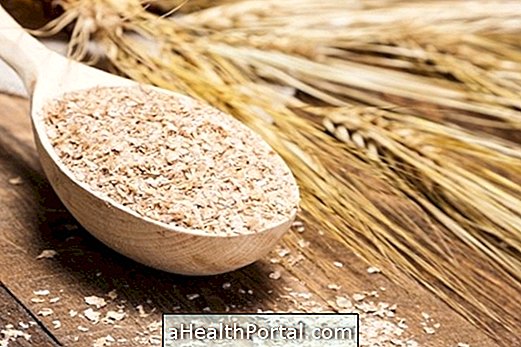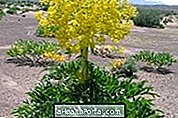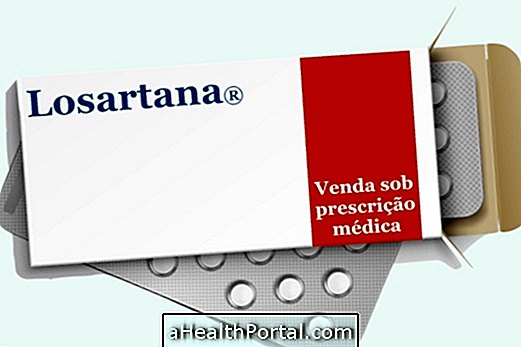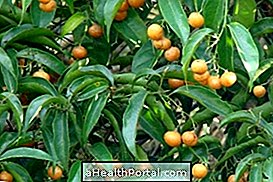The main benefit of the health sago is to provide energy because it is composed only of carbohydrates and can be used before training or to provide extra energy in cases of breastfeeding and recovery from colds, flu and other illnesses.
The sago is usually made from the very fine flour of cassava, which is called starch, becoming a type of tapioca in grains, which can be consumed by celiac, not contain gluten. However, it does not contain fibers, being advised against cases of constipation and diabetes, for example.
The sago can be made with wine, grape juice or milk, making it more nutritious.

Nutritional information
The following table shows the nutritional information for 100 g of sago.
| Add to cart | |||
| Energy: 340 kcal | |||
| Carbohydrate: | 86.4 g | Fibers: | 0 g |
| Protein: | 0.6 g | Calcium: | 10 mg |
| Fat: | 0.2 g | Sodium: | 13.2 mg |
Although in Brazil the sago is made from cassava, originally it is produced from palm trees in the region of Asia, Malaysia and Indonesia.
Sagu with wine
The sago with red wine has the advantage of being rich in the antioxidant resveratrol, the wine's nutrient that has the property of decreasing the risk of heart problems and controlling blood pressure. See all the Benefits of Wine.
Ingredients:
- 2 cups cassava sago tea
- 9 cups water tea
- 10 tablespoons of sugar
- 10 cloves of India
- 2 cinnamon sticks
- 4 cups red wine tea
Method of preparation:
Boil the water with the cloves and cinnamon and remove the blackheads after about 3 minutes of boiling. Add the sago and stir frequently, let cooking for about 30 minutes or until the marbles are clear. Add the red wine and cook some more, always remembering to stir. Add sugar and keep on low heat for about 5 minutes. Turn off and let cool naturally.
Sagu à Leite
This recipe is rich in calcium, a mineral that strengthens teeth and bones, bringing even more energy to the meal. However, because this recipe is rich in sugar, the ideal is to consume it in small amounts.
Ingredients:
- 500 ml of milk
- 1 cup sago tea
- 200 g of Greek yogurt
- 3 tablespoons demerara sugar
- 1 packet of jellied unflavored jelly
- Cinnamon powder to taste
Method of preparation:
Put the sago in the water and let it rest until it becomes swollen. Heat the milk in a pan, add the sago and cook, stirring constantly. When the sago balls are clear, add the condensed milk and continue stirring for another 5 to 10 minutes. Turn off the heat and add cinnamon powder. This recipe can be served hot or chilled.
Sagu popcorn
Sago popcorn is easier to be eaten by children because it has no peel, which helps prevent gagging. It is made in the same way as the traditional popcorn, adding a strand of oil in a penella for the beans to burst.
You should stir the sago over low heat until the beans begin to pop, then cover the pan. The ideal is to put few grains in the pan because the sago is slower to burst and many grains can burn during the process.
Here's how to make simple popcorn in the microwave in Popcorn Fattening?

